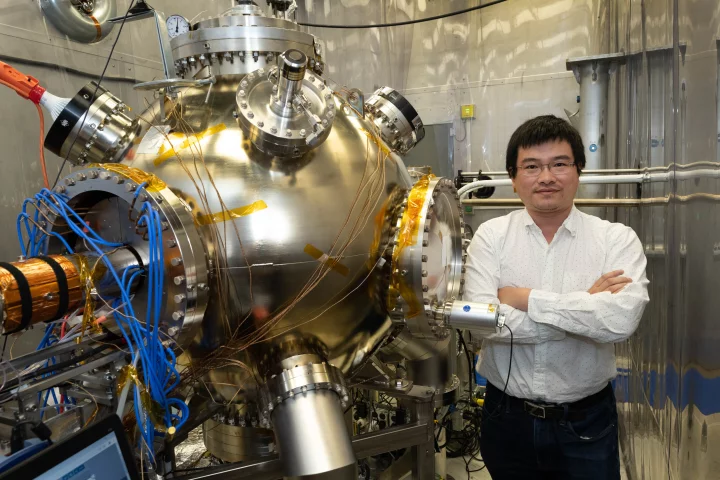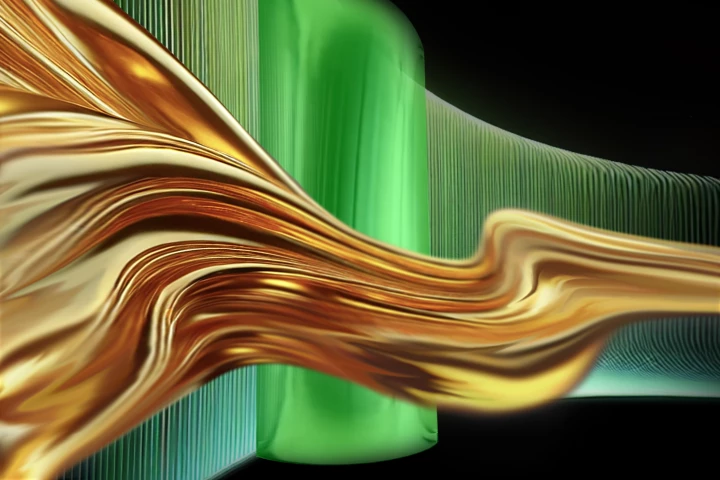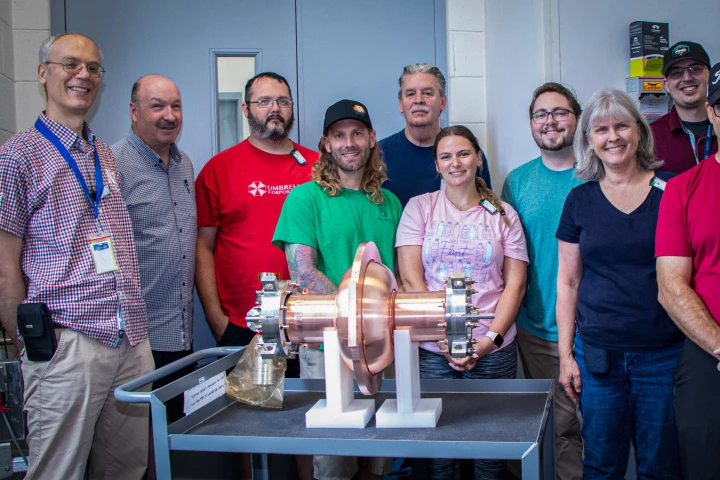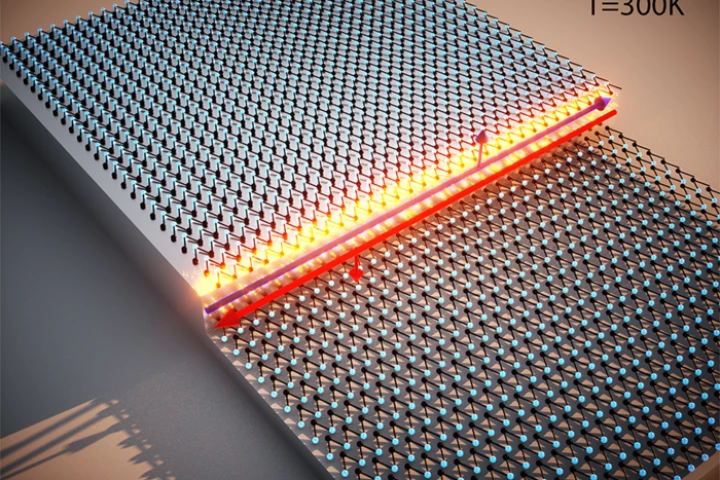Electron Microscopes
-
Scientists have accidentally discovered a particle that has mass when traveling in one direction, but no mass while moving in a different direction. Known as semi-Dirac fermions, particles with this bizarre behavior were first predicted 16 years ago.
-
Astrophysicists have detected the most energetic electrons ever recorded raining down on Earth. With trillions of times the energy of visible light, these cosmic rays seem to be coming from a powerful source relatively close to our solar system.
-
Under the right circumstances, electrons can actually “freeze” into a bizarre solid form. Now, physicists at Berkeley Lab have created and taken the first ever direct images of this structure.
-
On New York's Long Island, scientists are building an ambitious machine to tease apart the mysteries held inside atomic nuclei. A major component of that system is the world's highest voltage electron gun and it's just aced a six-month test.
-
MIT scientists have coaxed atoms into an exotic “edge state” for the first time, allowing them to flow completely friction-free. The breakthrough could lead to better superconductor materials.
-
The subatomic world is hard to image not just because it’s incredibly tiny, but super fast too. Now University of Arizona physicists have developed the world’s fastest electron microscope to capture events lasting just one quintillionth of a second.
-
Using off-the-shelf industrial parts, a team of researchers from the public and private sectors has created a prototype of a small particle accelerator that could have a big impact bringing the technology forward for commercial applications.
-
Scientists have confirmed the existence of a strange new form of magnetism. Hiding right under our noses, the team says that “altermagnetism” can be found in everyday materials and could have major technological uses.
-
Scientists at ETH Zurich have discovered a new type of magnetism. Experiments show that an artificially produced material becomes magnetic through a mechanism that hasn’t been seen before.
-
While studying a material that could help unlock the secrets of superconductors, scientists have accidentally discovered a “demon” particle that was first theorized almost 70 years ago, but had never been experimentally confirmed.
-
Many quantum effects can only be produced at extremely cold temperatures, which limits how useful they would be in real-world tech. Now, Princeton researchers have demonstrated a strange quantum state taking place in a material at room temperature.
-
Movements at the particle scale happen extremely quickly, which makes it hard to see what’s going on in there. Now engineers have developed an “attoclock” that can take snapshots of electrons in increments as small as quintillionths of a second.
Load More











